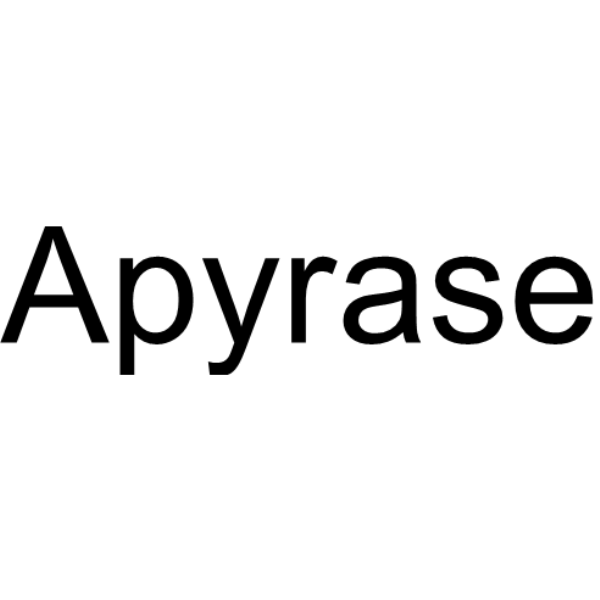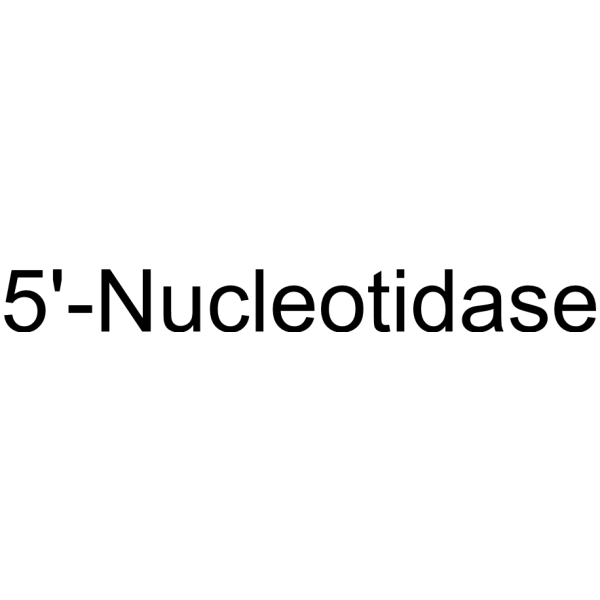| Structure | Name/CAS No. | Articles |
|---|---|---|
 |
Native Potatoes Apyrase
CAS:9000-95-7 |
|
 |
5'-Nucleotidase
CAS:9027-73-0 |